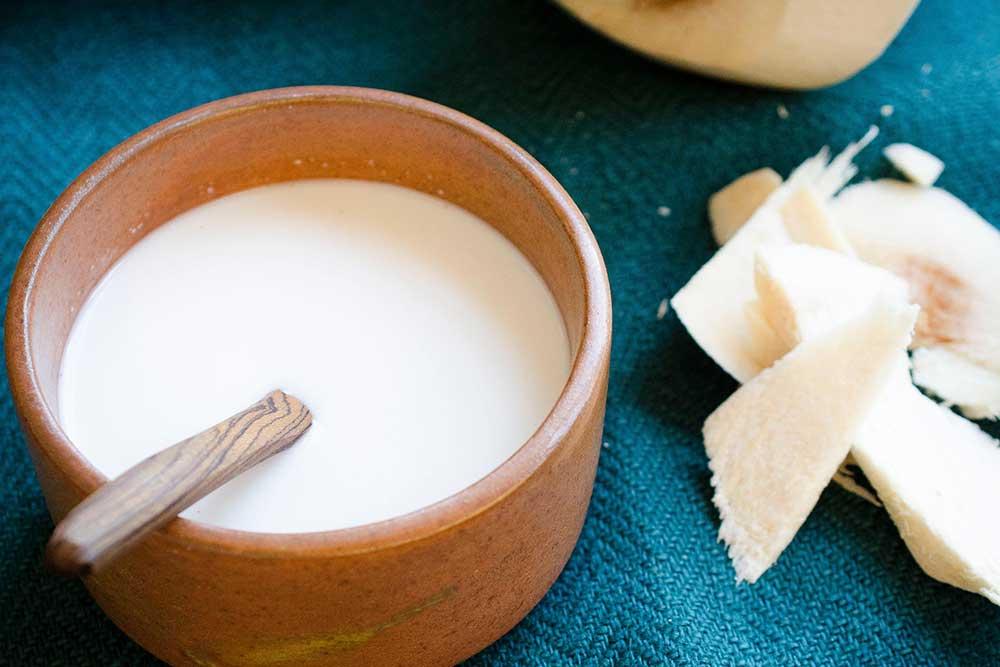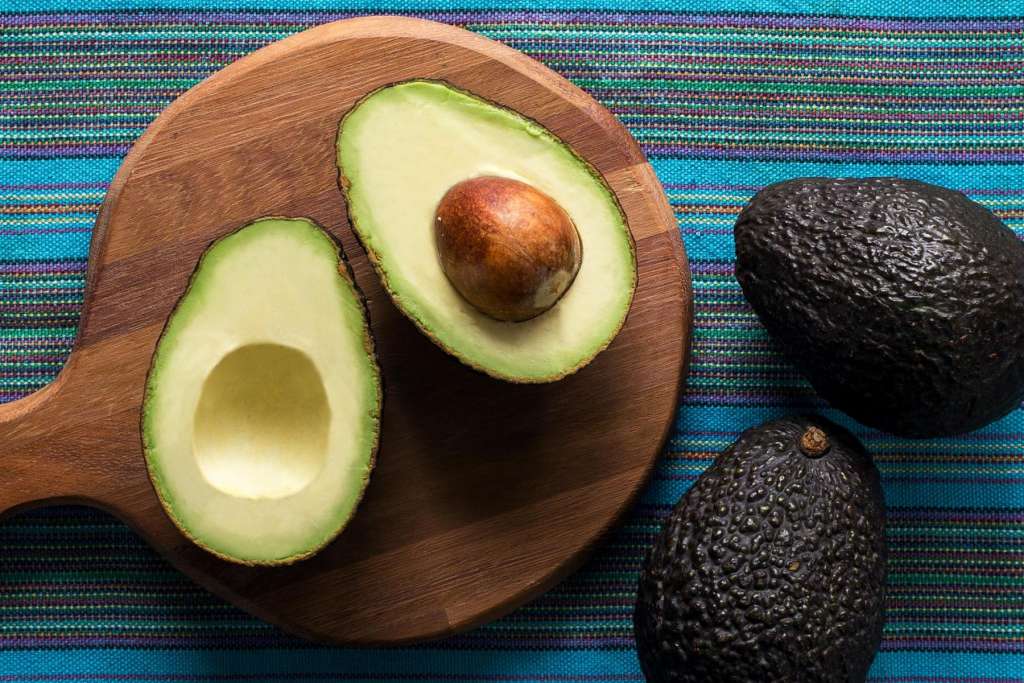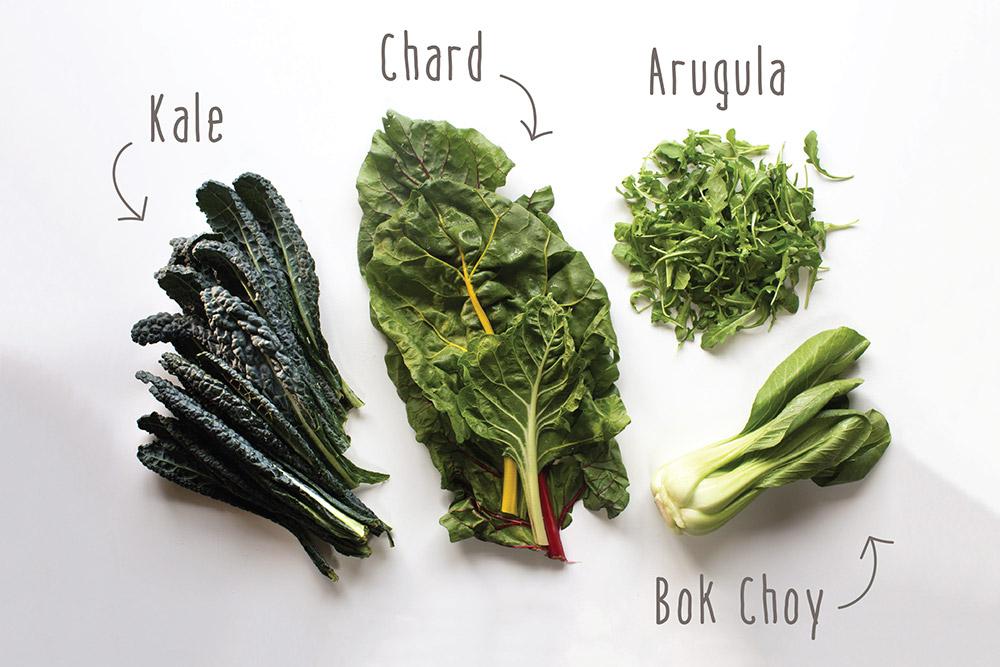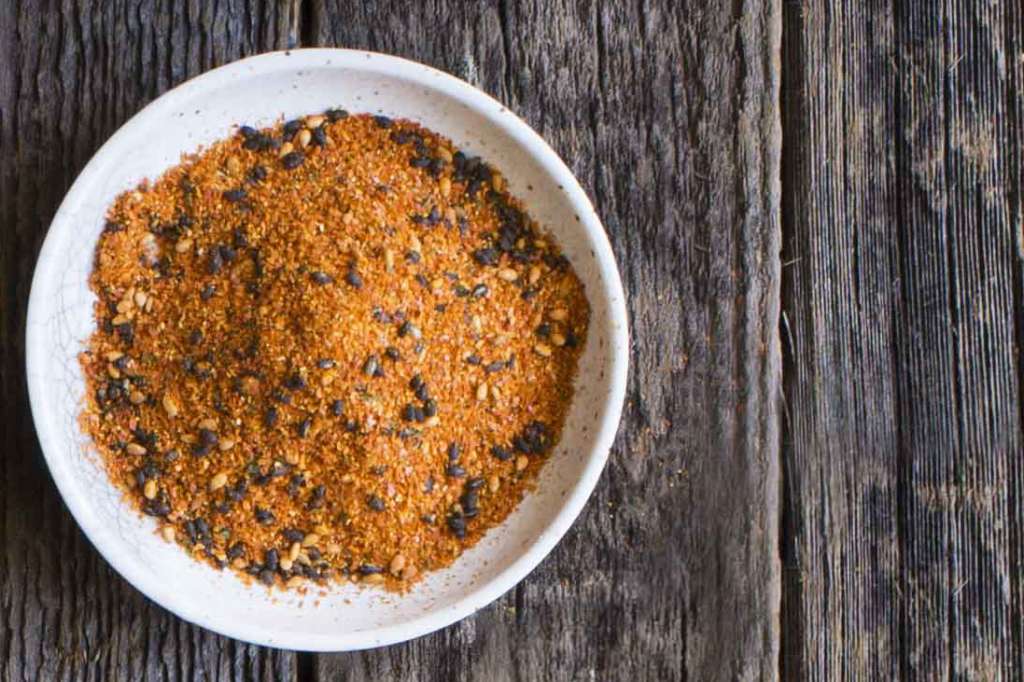Our Go-To List of Indian Spices
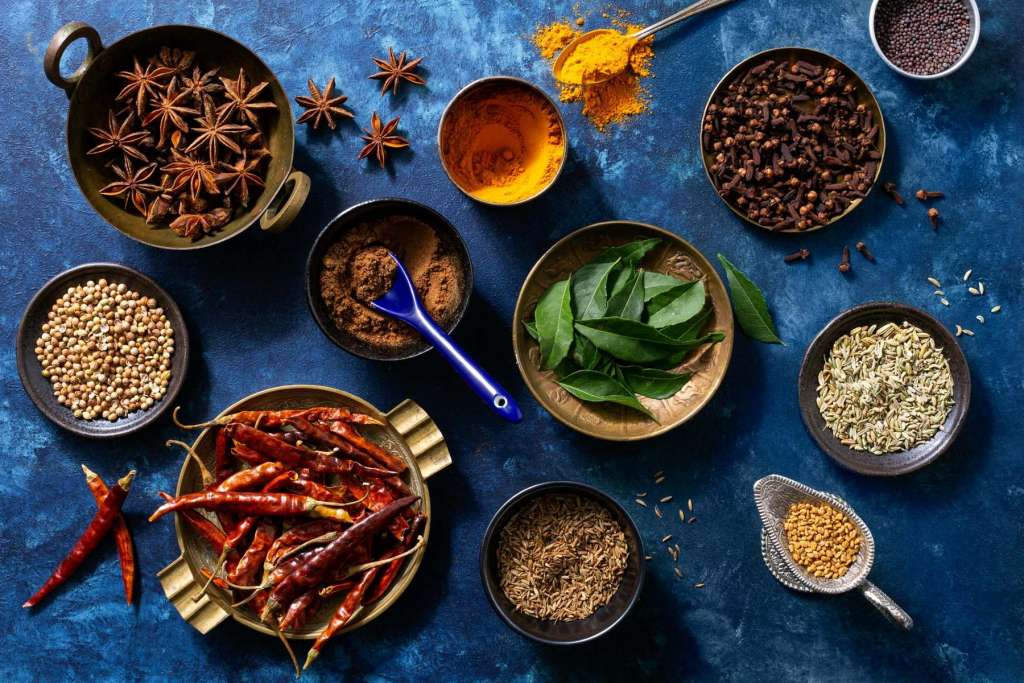
A masala dabba, or spice box, contains the essential ingredients for cooking Indian food. This round container holds several small bowls to fill with a different spice. While they vary regionally and even from family to family, the spices typically found in a masala dabba are mustard and cumin seeds, ground turmeric and red chile powders, ground cumin, coriander powder, garam masala, and whole red chiles. The spice box makes it easy to carry the box to the stove and have everything ready when it’s time to season the pot.
While you don’t need a masala dabba to make Indian food, stocking up on spices is a good place to start. Pro tip: To get the full flavor of these spices, be sure to bloom them in ghee or a neutral oil over medium heat to release their essence and aroma.
Cloves
Technically a flower, this common Indian spice is dried and used whole or ground and blended into spice mixes. A few cloves go a long way, packing a punch of anise-like flavor and slightly medicinal notes.
Coriander
The dried seed of the cilantro plant lends a lemony, earthy, almost floral note to curries. Coriander is used whole or ground into a powder and mixed with cumin.
Cumin
Also used as whole seeds and ground into a powder, cumin imparts a slightly smoky flavor to dishes like lentil dal and raita.
Curry leaves
Don’t confuse curry powder and curry leaves. The leaves, grown on India’s native curry tree provide a citrusy flavor similar to lemongrass or makrut (kaffir) lime and bear no relation to curry powder. The curry leaves are often toasted and ground for spice blends, fried in oil for a garnish, simmered in stews, and added fresh to chutneys.
Fennel seeds
Sometimes served as a post-dinner digestive aid and breath freshener, thanks to its slightly-sweet licorice flavor, fennel seeds are extensively used across India in everything from savory stews to spiced tea blends.
Fenugreek
In Northern India, fenugreek leaves are used to perfume dishes like butter chicken. Fenugreek seeds are popular in Southern India where they are used to give an earthy flavor to spice powders like the well-known Madras curry powder and are also used in chutneys.
Garam Masala
This blend of spices varies regionally but is typically some combination of spices like cinnamon, clove, cardamom, cumin, and black pepper. Garam masala is used as a finishing spice, added to dishes that have already been cooked, while curry powder—another regional blend of spices—is added during the cooking process to provide a depth of flavor.
Mustard seeds
Both black and yellow mustard seeds are used to add a rich, spicy punch to a variety of curries and spice blends. Their smoky, nutty flavor is released when the whole seeds are bloomed in oil.
Red chiles
Depending on the region and preparation, chiles are used in a variety of ways to provide both heat and color to a dish. Cooks might add whole chilis to a stew or toast and grind dried whole chilies for fresh chili powder.
Star anise
More potent than anise seed, star anise gives a slightly sweet and herbal, licorice-like flavor to everything from rice to braised meats to garam masala spice blends.
Turmeric
Technically a rhizome—a stem that grows underground—turmeric is used both fresh and powdered to give a distinctly earthy, warm flavor to dishes, while also providing a rich golden color. But turmeric is also well-known as a source of curcumin and has been compared to ibuprofen in its ability to relieve pain. It also has antioxidant and anti-inflammatory properties.
